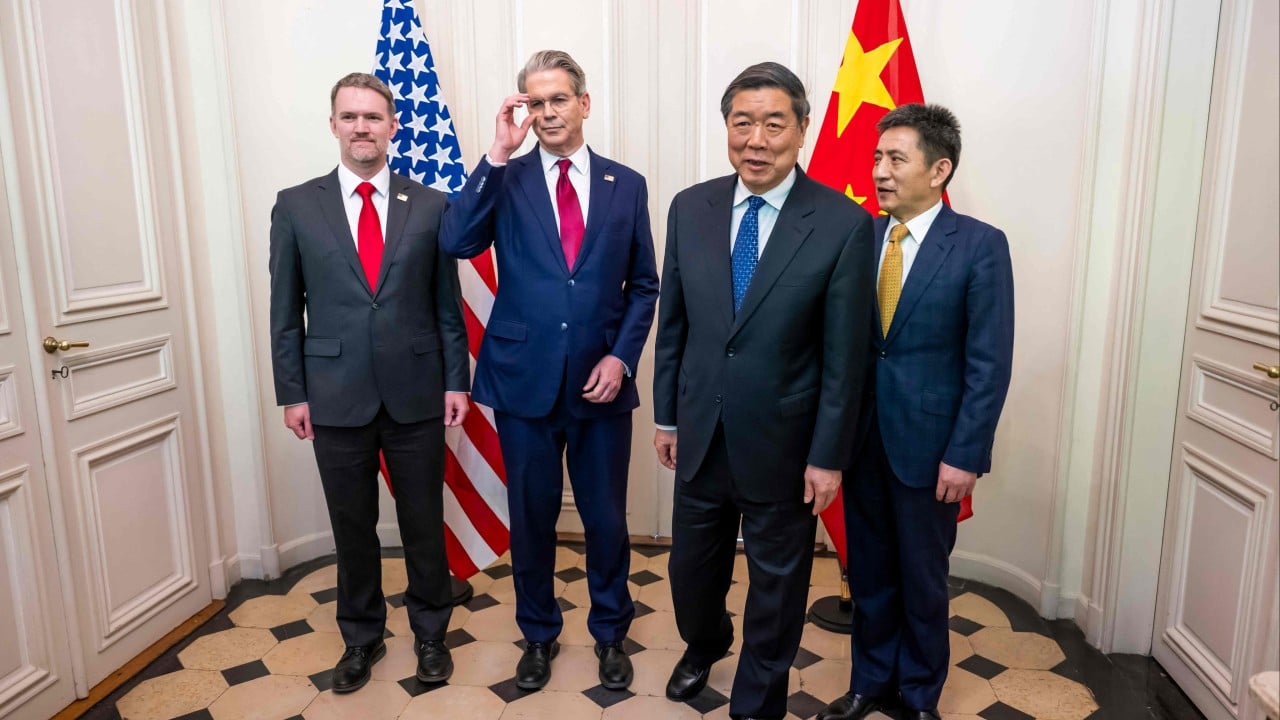The US-China deal under negotiation is likely to bear similarities to the phase one trade agreement from Donald Trump’s first term, according to a former senior official in that administration – offering clues to what the highly anticipated pact may look like just weeks before a trade truce between the two rival economies is set to expire.
Advertisement
The agreement is “very likely to resemble, in its broad contours, the phase one trade deal negotiated between 2017 and 2020, and at the heart of that was a substantial purchase of US agricultural and industrial goods”, said Stephen Biegun, deputy secretary of state under Donald Trump from 2019 to 2021, at the Aspen Security Forum on Wednesday.
Under the deal struck in 2020, China agreed to buy an additional US$200 billion worth of American goods and services over two years compared to 2017 levels. Much of that deal did not materialise, partly due to the economic devastation caused by the Covid-19 pandemic that began soon after the agreement was signed.
Trump officials have, to varying degrees, signalled a desire to revive the deal. On the first day of his second term, the US president signed an executive order directing a review of China’s compliance with the agreement.
US Treasury Secretary Scott Bessent, who is leading the current trade negotiations, has cited Beijing’s failure to meet its commitments as something to “take into account” – and called the phase one deal a “road map” for current talks.
Advertisement
Explaining why he expects a similar framework this time, Biegun said Chinese officials have recognised that they have to “pay a certain price” to create “at least some temporary balance in the US-China trade relationship”.
“The [US] president uses the trade balance as his singular yardstick to measure the economic fairness in bilateral relations with any country around the world, including allies,” Biegun explained. “And it’s no different in the case of China.”

